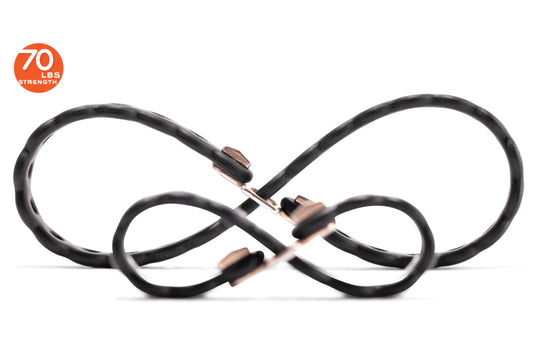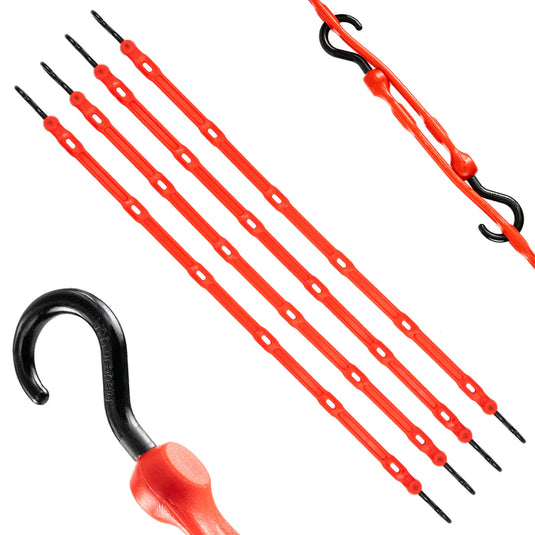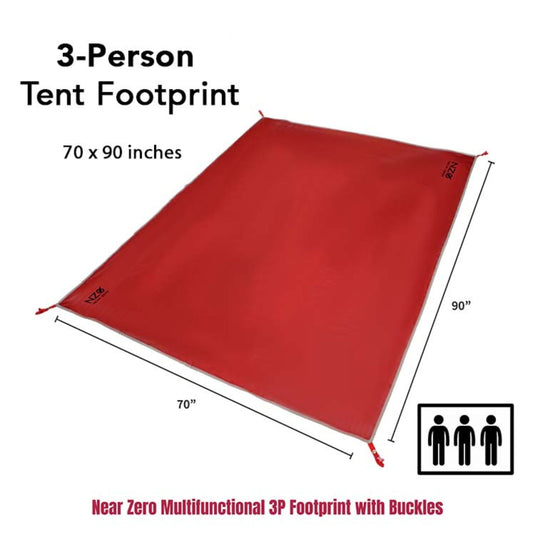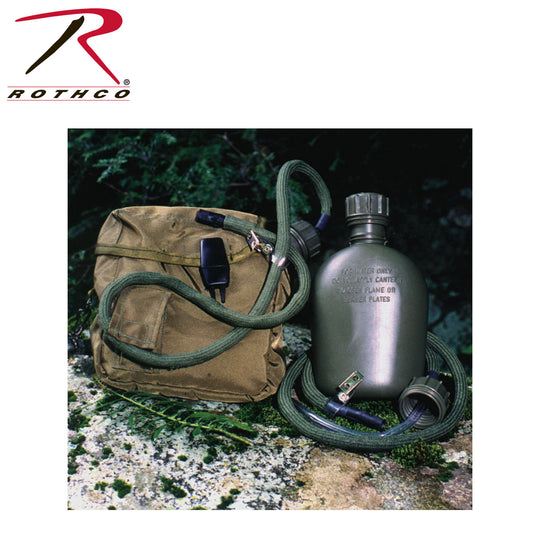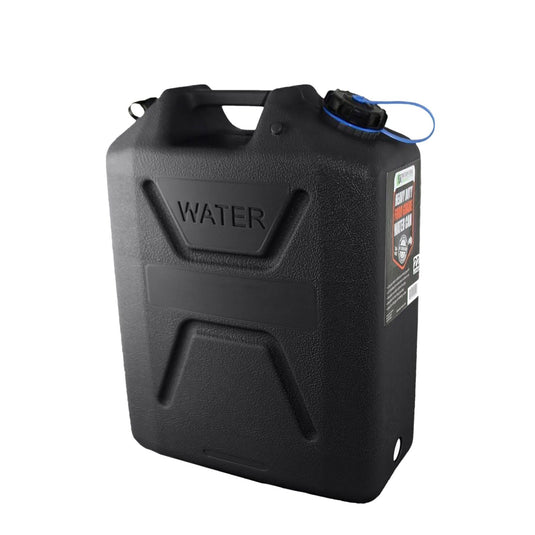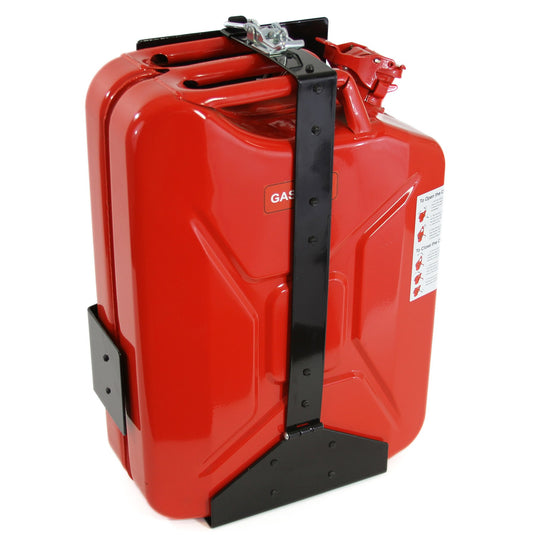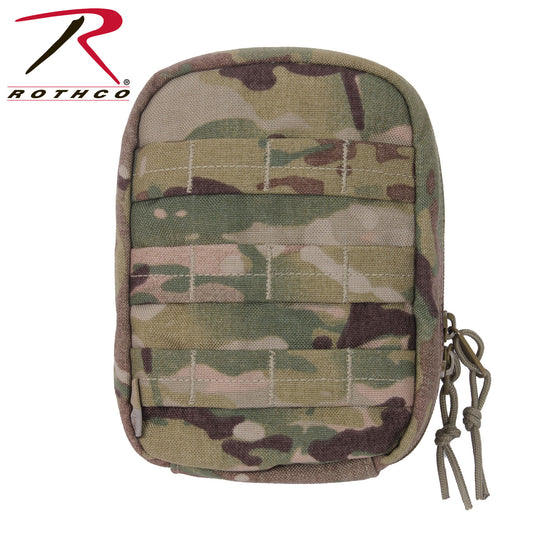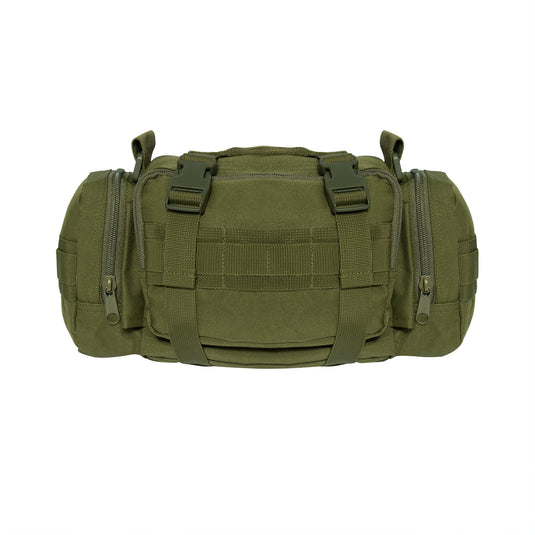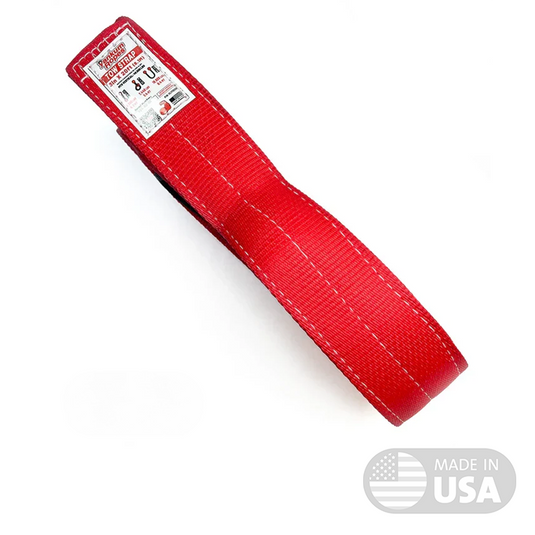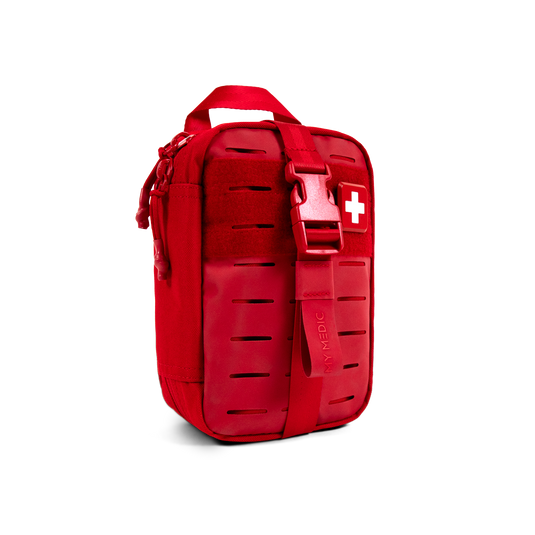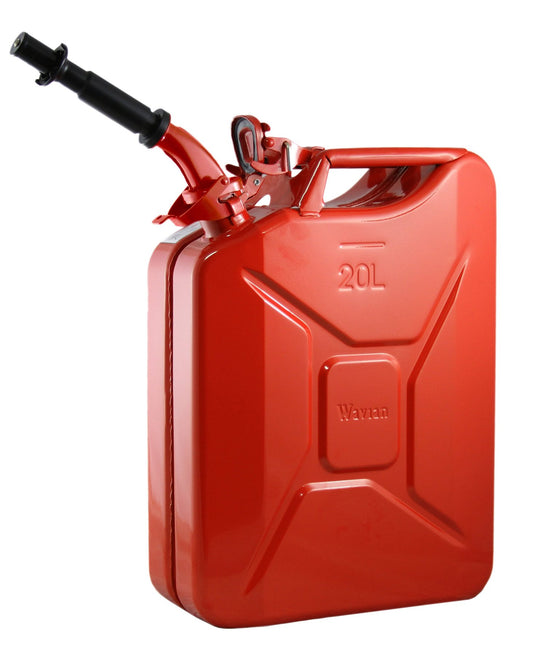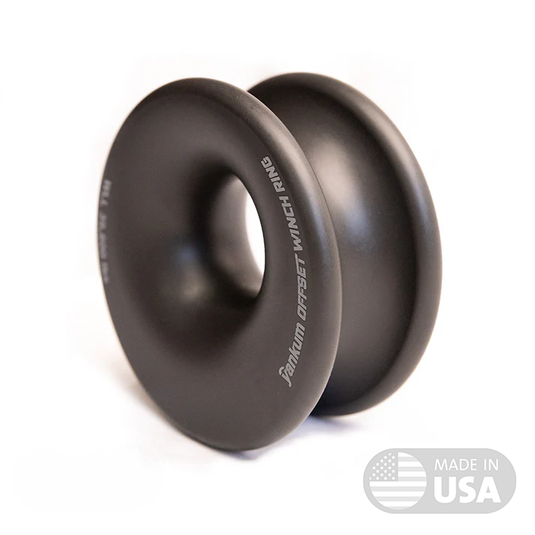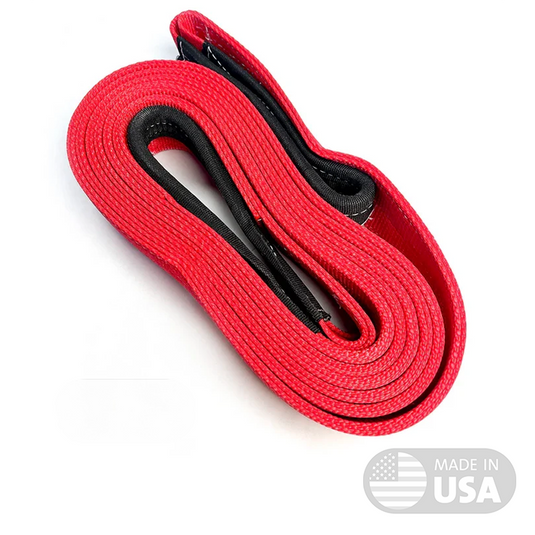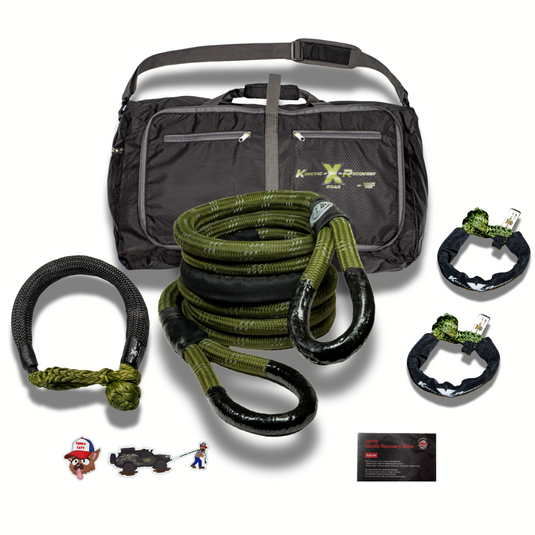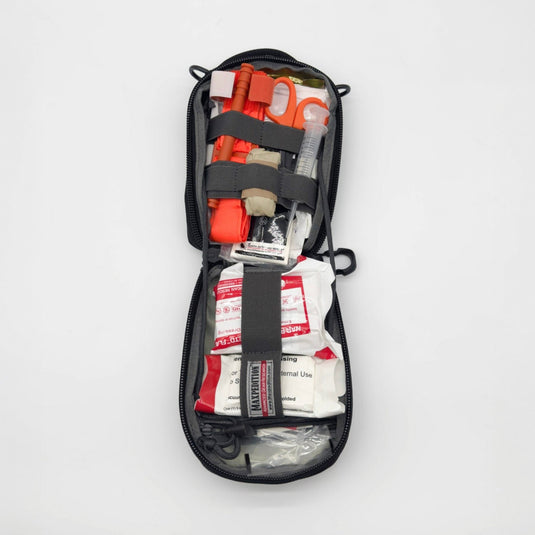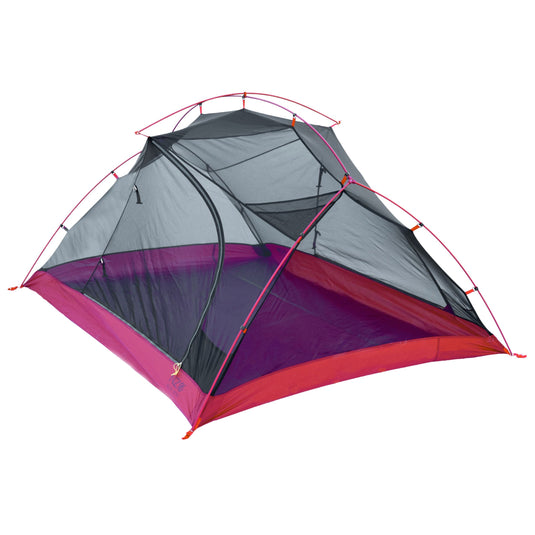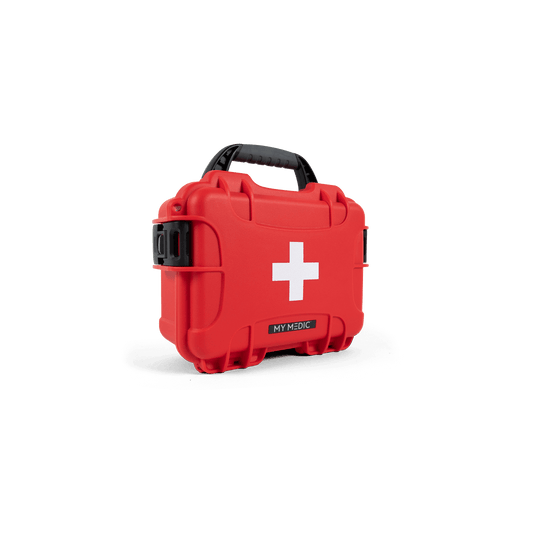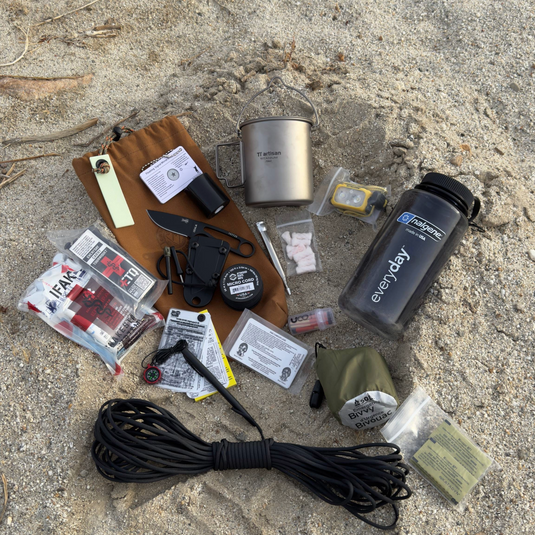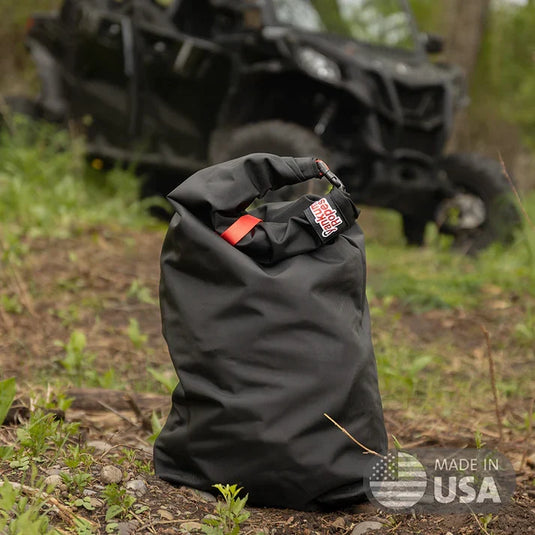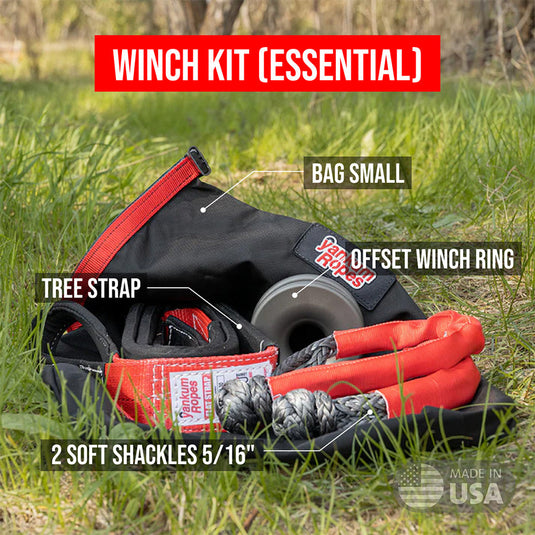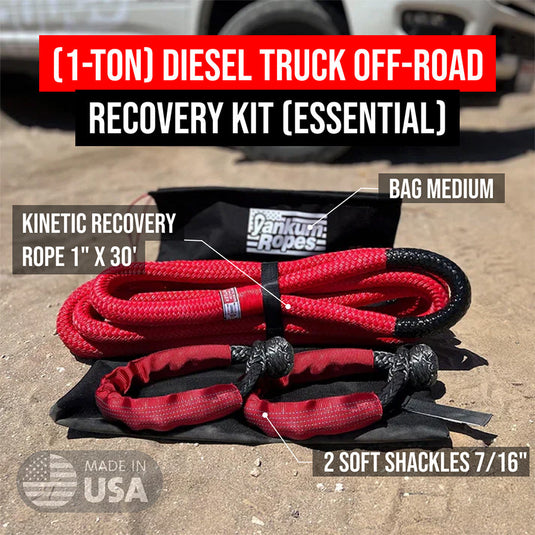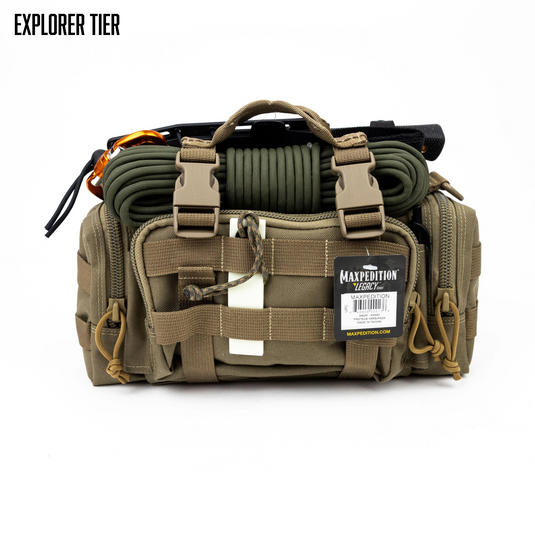Camping is all about getting back to nature, but nature doesn't always provide the cleanest drinking water. Whether you're trekking through a national park or pitching a tent by a remote lake, knowing how to purify water is essential for a safe and enjoyable trip. Dehydration is no joke, and neither are the nasty bugs lurking in untreated water. Let's dive into the various water purification options available for your next outdoor adventure.
Why Purify Water?
Before we explore the methods, let's understand why we need to purify water in the wild. Untreated water can contain:
- Bacteria: Think E. coli and Salmonella, which can cause severe gastrointestinal issues.
- Viruses: Like norovirus and hepatitis A, leading to similar unpleasant symptoms.
- Protozoa: Such as Giardia and Cryptosporidium, which can cause prolonged diarrhea and cramping.
- Chemicals and Heavy Metals: Depending on the water source, these can be harmful even in small amounts.
- Sediment and Debris: Which can make water cloudy and unpalatable.
Purification Methods: Your Options
Here are some popular and effective methods for purifying water while camping:
1. Boiling:
- How it works: Heating water to a rolling boil for at least one minute (three minutes at high altitudes) kills most bacteria, viruses, and protozoa.
- Pros: Simple, effective, and requires minimal equipment.
- Cons: Requires fuel, time-consuming, and doesn't remove sediment or chemicals.
- Tips: Let the water cool before drinking.
2. Chemical Treatments (Iodine or Chlorine):
- How it works: Tablets or drops release iodine or chlorine into the water, disinfecting it.
- Pros: Lightweight, portable, and relatively inexpensive.
- Cons: Can leave an unpleasant taste, may not be effective against all protozoa (like Cryptosporidium), and not suitable for pregnant women or people with thyroid issues.
- Tips: Follow the manufacturer's instructions carefully. Neutralizing tablets can help with the taste.
3. Filtration:
-
How it works: Filters remove particles, bacteria, and protozoa by passing water through a porous medium.
-
Types:
- Pump filters: Efficient and effective, ideal for larger groups.
- Gravity filters: Use gravity to filter water, requiring minimal effort.
- Straw filters: Lightweight and compact, great for personal use.
-
Pros: Removes sediment and many pathogens, leaves better-tasting water.
-
Cons: Can be expensive, require maintenance, and may not remove viruses (unless specifically designed for virus removal).
(Note: look for filters that are rated to remove particles down to 0.1 or 0.2 microns for optimal bacteria and protozoa removal.)
4. UV Light Purifiers:
-
How it works: UV light disrupts the DNA of microorganisms, rendering them harmless.
-
Pros: Fast, effective against bacteria and viruses, and leaves no aftertaste.
-
Cons: Requires batteries or charging, doesn't remove sediment or chemicals, and can be less effective in cloudy water.
-
Tips: Pre-filter cloudy water for best results.
5. Water Purification Tablets with Flocculant:
- How it works: Combines chemical disinfection with flocculation, which causes sediment and particles to clump together and settle.
- Pros: Removes sediment and pathogens in one step.
- Cons: Requires settling time, can leave an unpleasant taste, and may not be effective against all protozoa.
Choosing the Right Method:
The best purification method depends on your camping style, location, and budget. Consider:
- Group size: Pump or gravity filters are ideal for larger groups.
- Weight and packability: Chemical treatments or straw filters are lightweight options.
- Water source: Cloudy water may require pre-filtration or flocculant.
- Budget: Boiling and chemical treatments are generally more affordable.
Safety Tips:
- Always pre-filter cloudy water before purification.
- Read and follow the manufacturer's instructions for any purification method.
- Store purified water in clean containers.
- If you're unsure about the water source, err on the side of caution and use a reliable method.
Staying hydrated is crucial for a safe and enjoyable camping experience. By understanding your water purification options, you can confidently venture into the wilderness, knowing you have access to clean, safe drinking water. Happy camping!
